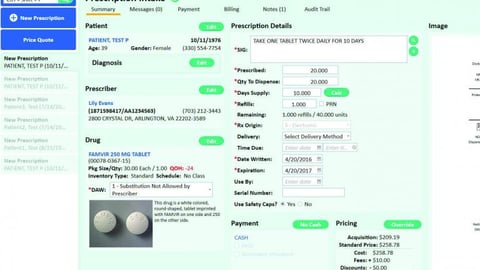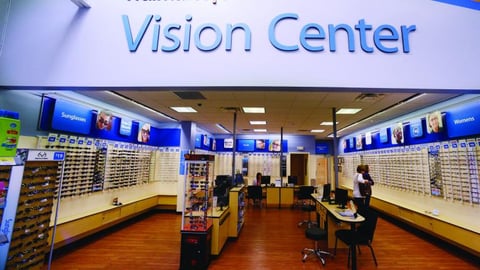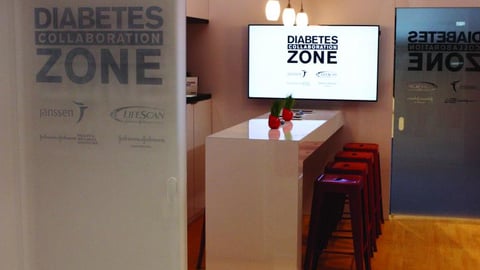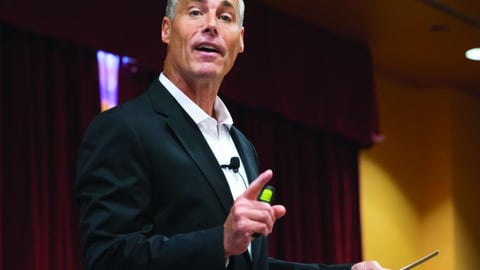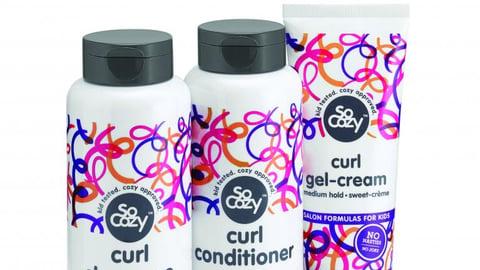-
Moving beyond disease state management
Walmart’s Annie Walker
How can retailers and manufacturers work together to not only be partners in managing consumers’ disease states, but also to help educate a new generation about the importance of prevention? This was the driving question a panel of leading consumer health executives tackled in June, at a special one-day thought leadership conference in Bentonville, Ark., co-hosted by Drug Store News and Mack Elevation Forum.
-
Greeting card start-up shows its sketch-design love
Lovepop Cards, a Harvard-based greeting card start-up, landed a $300,000 investment from investor Kevin O’Leary, on ABC’s “Shark Tank” TV show in December. Every card design starts as a sketch on paper that is translated to a modeling software, in which each shape is drawn. Those shapes are then transferred to a software that routs a laser-cutter to cut out each piece. Since January, the company has had about 40,000 customers and will do roughly $1 million in sales this year, according to the company.



